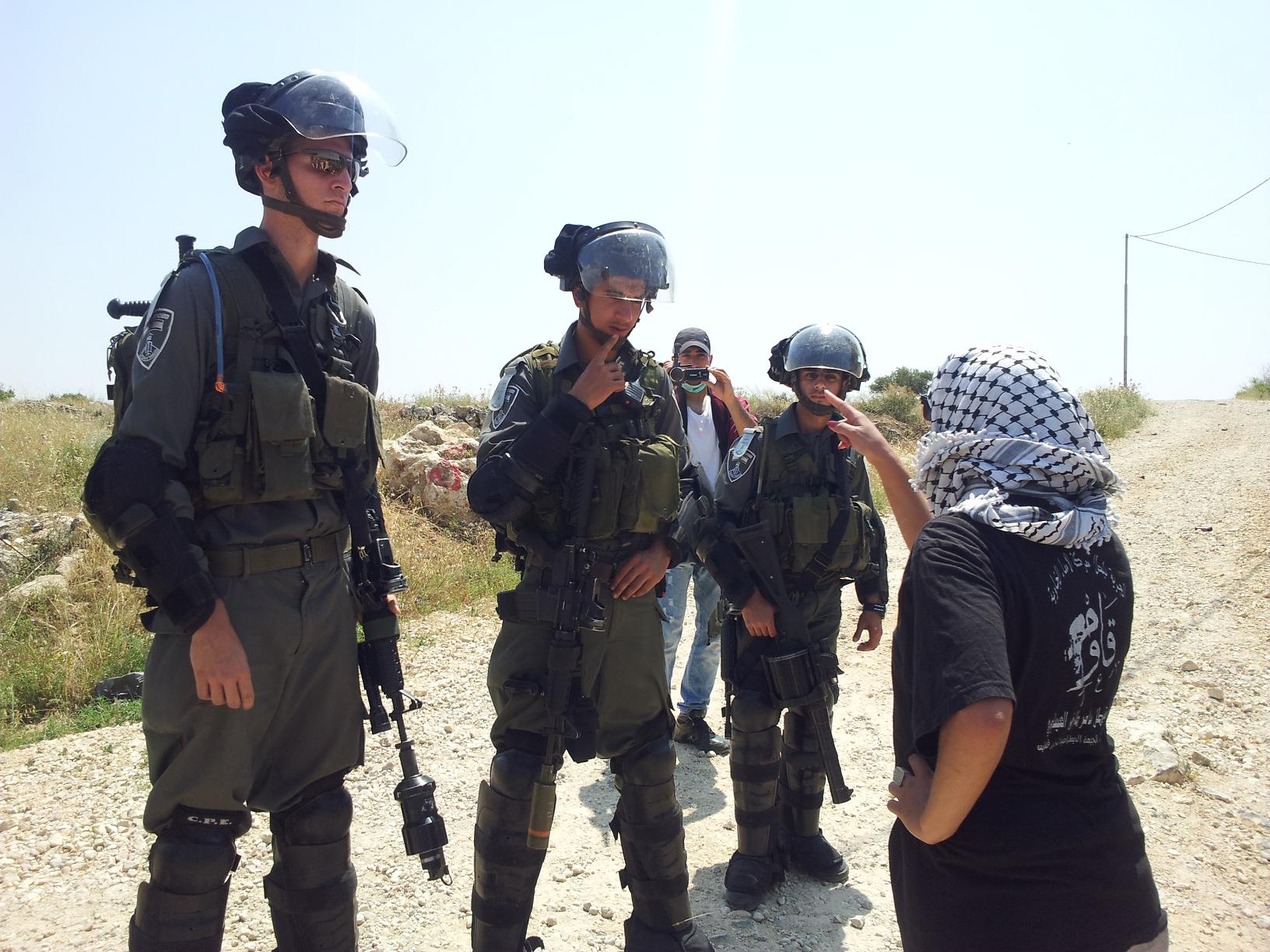Tag: Tear-Gas Canister
-
Resistance still strong in Nabi Saleh – video and photo essay
11th May 2013 | International Solidarity Movement | Nabi Saleh, Occupied Palestine By Team Khalil Resistance to occupation stays strong in Nabi Saleh – Friday 10th May saw confrontation between peaceful protesters and soldiers and Israeli military incursion into the village, sparking fires from excessive firing of tear gas. Women lead the demonstration 10th May…
-
Residents of Deir Jreer and Silwad resist occupation and settlement expansion
10th May 2013 | International Solidarity Movement, Deir Jreer and Silwad , Occupied Palestine By Team Ramallah At around 9 am today, 150 Palestinians, accompanied by International activists, went to Deir Jreer lands to construct a new road so that local farmers could reach their lands more easily. Two bulldozers flattened the path from the…
-
Settlers and Israeli forces suppress second joint Friday protest in Silwad and Deir Jarir villages
3th May 2013 | International Solidarity Movement, Ramallah, Occupied Palestine By Team Nablus Around four hundred Palestinians, joined by a handful of international activists, participated in today’s weekly demonstration organised by Silwad and Deir Jarir villages on their lands, upon which settlers from Ofra set up an illegal outpost more than four weeks ago. Today,…

